Spawn
Extraits

Littérature érotique et sentim
Ladies' men 2. Cade
07/2019

Histoire internationale
Literary Journalism and Africa's Wars. Colonial, Decolonial and Postcolonial Perspectives, Textes en français et anglais
03/2019
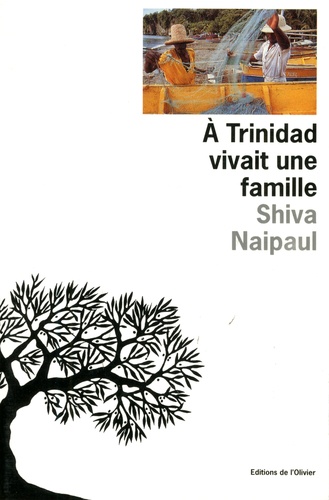
Littérature étrangère
A Trinidad vivait une famille
05/1994

Photographes
The Stutter of History
05/2023
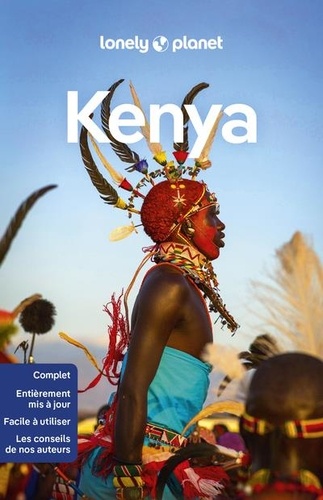
Kenya
Kenya. 4e édition
03/2024

Cinéma
Des hommes tourmentés. Le nouvel Age d'Or des séries : des Soprano et The Wire à Mad Men et Breaking Bad
09/2014
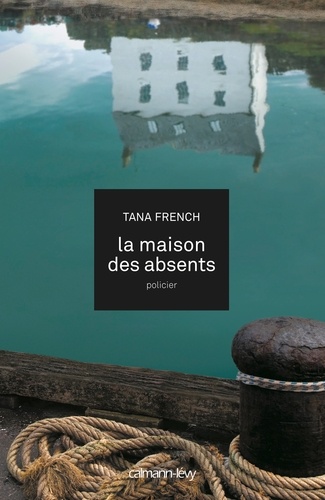
Policiers
La maison des absents
03/2013
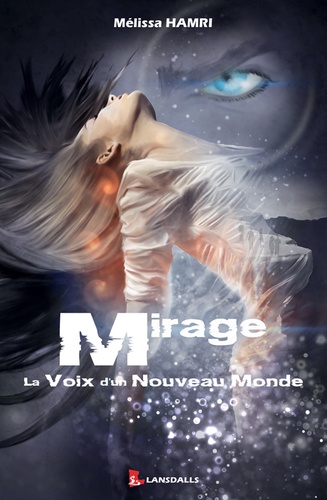
Science-fiction
Mirage. La voix d'un nouveau monde
02/2019
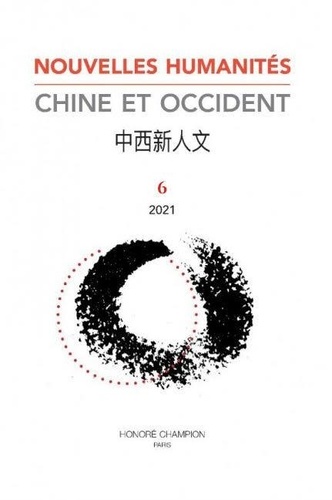
Revues
Nouvelles humanités - Chine et Occident N° 6/2021
11/2021
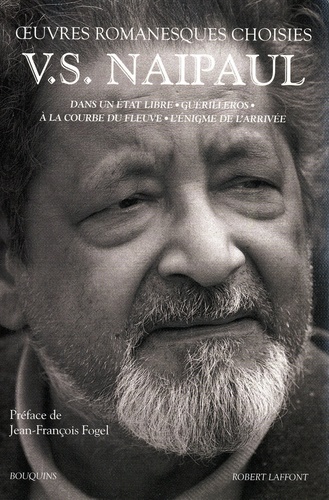
Littérature étrangère
Oeuvres romanesques choisies. Dans un état libre, Guérilleros, A la courbe du fleuve, L'Enigme de l'arrivée
03/2009
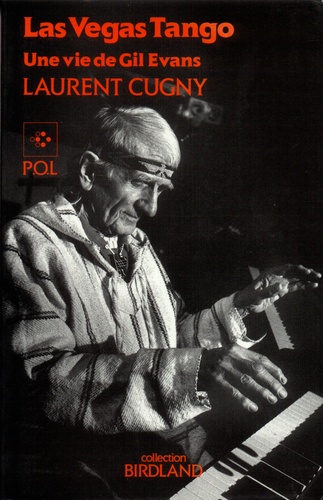
Musique, danse
Las Vegas tango. Une vie de Gil Evans
12/1990

USA - Californie
Californie. Les meilleures expériences
04/2023
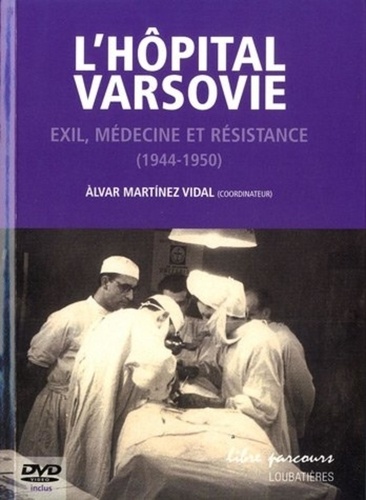
Sciences historiques
L'Hôpital Varsovie. Exil, médecine et résistance (1944-1950), avec 1 DVD
04/2013
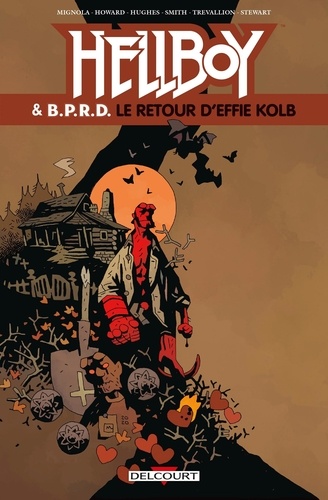
Comics Super-héros
Hellboy & B.P.R.D. Tome 7 : Le Retour d'Effie Kolb
04/2023
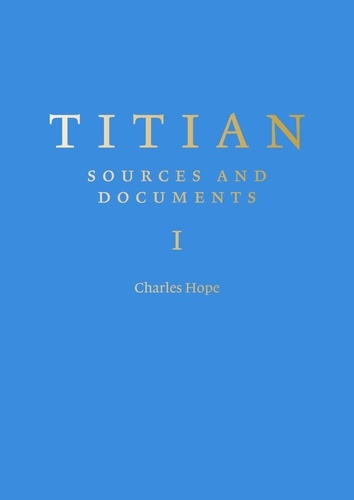
Monographies
Titian : Sources and Documents
04/2023
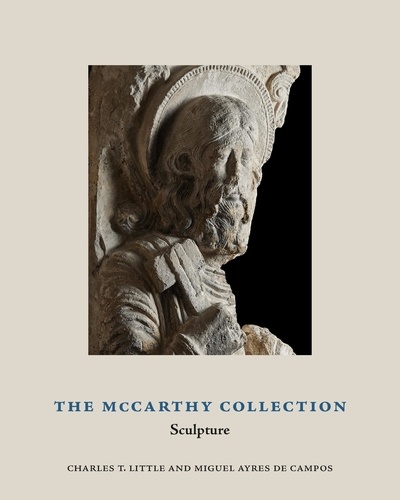
Sculpture
The McCarthy collection. Sculpture
04/2024
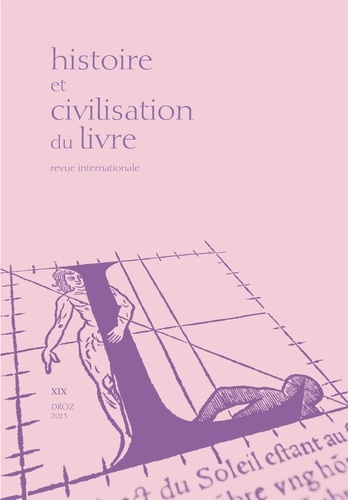
Edition
Histoire et Civilisation du Livre N° 19 : Les livres ont-ils un genre ? (XVIe-XXe siècles)
09/2023
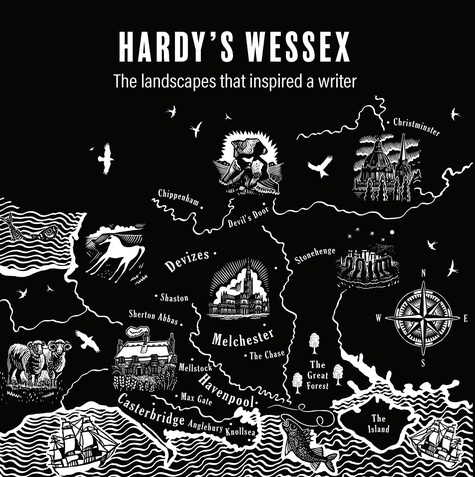
Monographies
Hardy's Wessex. The landscapes that inspired a writer
06/2022

Monographies
Peter Doig
06/2023
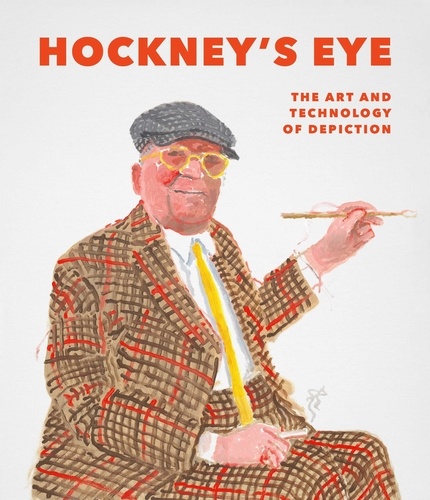
Mouvements artistiques
Hockney's Eye. The Art and Technology of Depiction
04/2022

